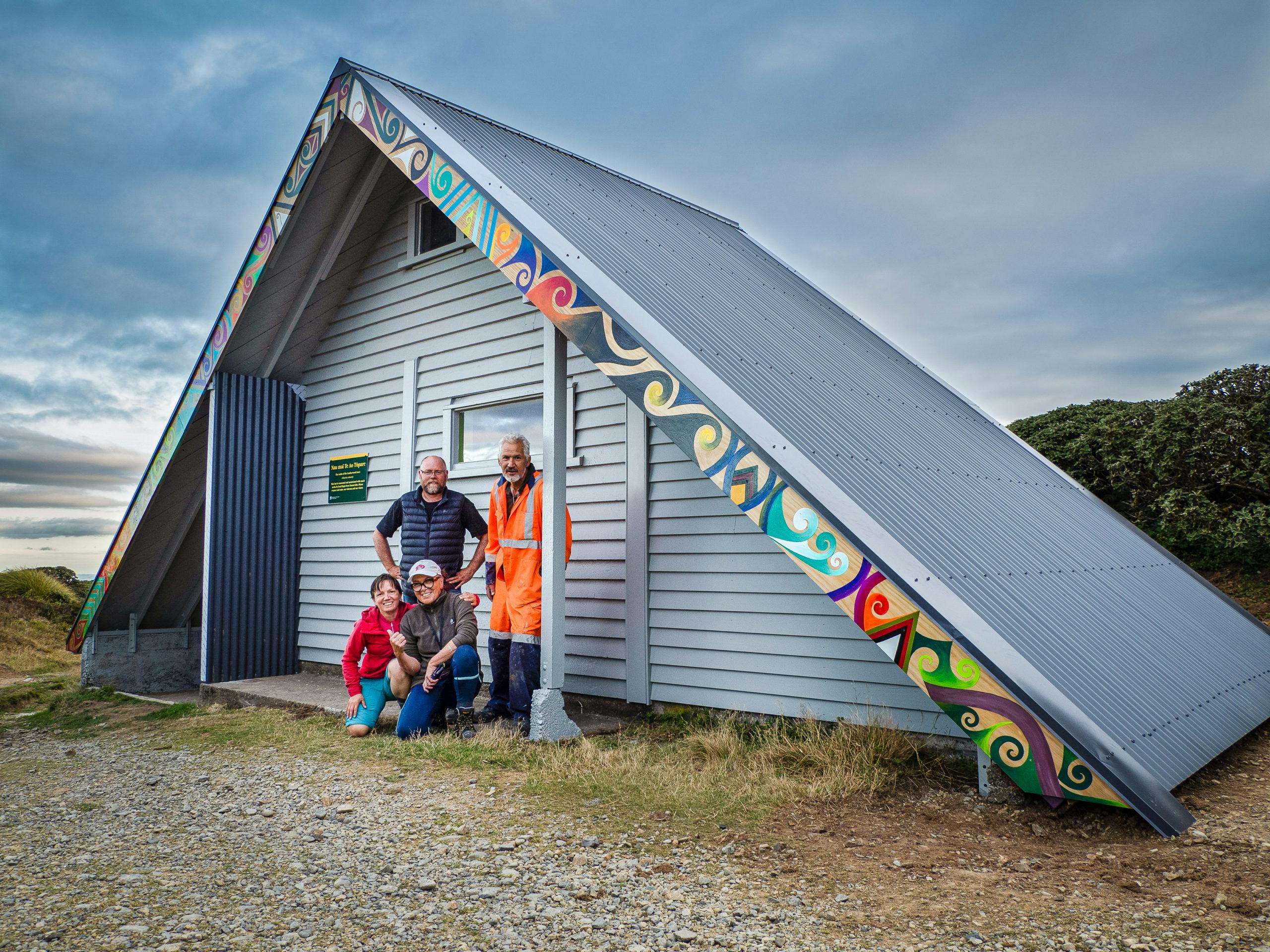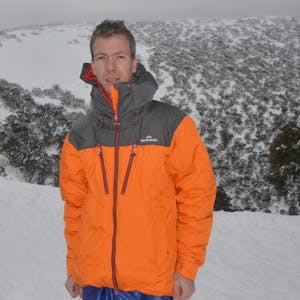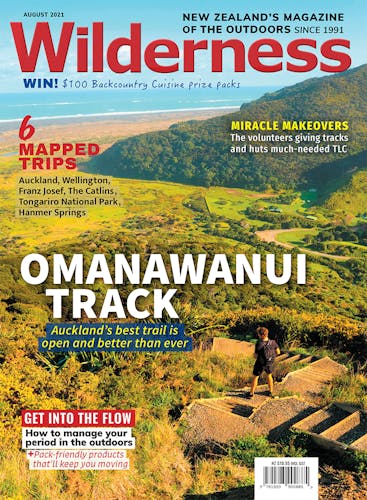All around the country huts and tracks are being given a new lease of life thanks to the Backcountry Trust.
When you decide to take on the job of restoring a neglected backcountry hut at the top of a 1000m high ridge in the Ruahine Ranges, you might not necessarily expect one of your biggest headaches to be working out a way to stop people driving their cars onto the roof.
But this was one of the problems faced by Dannevirke woman Cherry Peeti-Tapurau and her crew of volunteers when they set about repairing the badly vandalised hut known simply as A-Frame, in the southern extent of the North Island forest park.
The hut’s vulnerability lay in being accessible by a four-wheel-drive track. Its triangular shape proved too tempting for weekend hoons, who used the roof to create what was possibly New Zealand’s most picturesque 4WD obstacle course. The inside of the hut was treated with the same level of respect, strewn with rubbish and covered in graffiti. God will have the last say! was daubed in bright pink spray paint above the sink. With the unloved hut facing imminent demolition, the writing was clearly on the wall.
Enter Backcountry Trust, a charitable trust that works with the Department of Conservation and volunteer groups to maintain New Zealand’s hut and track network. It’s an amalgam of three very different outdoor user groups: Federated Mountain Clubs of New Zealand, New Zealand Deer Stalkers Association and the mountain biking advocacy group, Trail Fund NZ. Backcountry Trust receives an annual budget from DOC to fund volunteer groups to tackle projects right across New Zealand’s conservation estate. Last year it was also allocated $2 million as part of the government’s Jobs for Nature programme, to employ contractors as part of the Covid-19 economic recovery package.
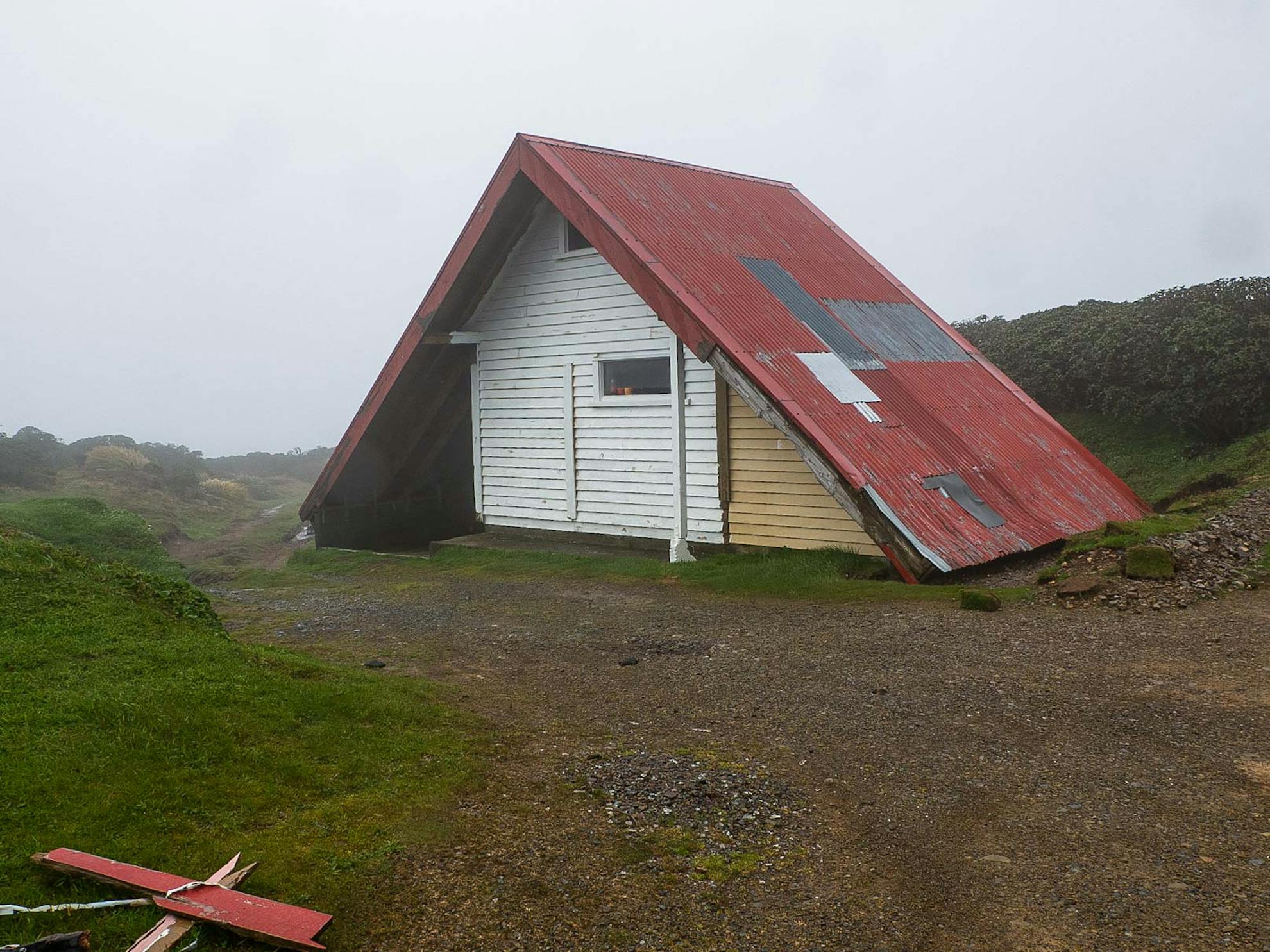
Since 2017, the trust has funded around 280 volunteer projects, including work on 180 huts and over 1000km of track, utilising the practical skills of the outdoors community. Money from the sale of annual hut passes is roughly equivalent to the budget allocated to Backcountry Trust for the projects; it goes directly into maintaining the hut and track network trampers and hunters rely on.
“People in the outdoors community really want to put something back into huts and tracks,” says Backcountry Trust manager Rob Brown. “There’s a realisation that you cannot pass the whole job of conservation over to one government department and say, ‘look after us.’ It has to be an all-of community effort.”
The story of the neglected A-Frame is a love story, says Megan Dimozantos, Backcountry Trust’s North Island project coordinator. “Cherry (Peeti-Tapurau) is tangata whenua, and went up there for her 55th birthday and just fell in love with this ‘broken down old whare’. She wanted to give it the love it deserved.”
With the help of her husband, Wae, cousin Dave Barber and a grant from Backcountry Trust, Peeti-Tapurau led a mission to breathe new life into the sorry-looking shelter. A new roof went on, as did new cladding on the back wall, framing, rafters, bunks, a water tank and a new paint job.
Peeti-Tapurau is an artist, specialising in pounamu (greenstone) carvings. She painted eye-catching koru patterns on the bargeboards. The hut also got a new name: Te Ao Tūpare – ‘The realm of the leatherwood trees’, in reflection of the enormous expanse of leatherwood that swaddles the hut.
But there was one last important problem to solve: how to stop idiots from driving on the roof. The solution was to build a retaining wall, and behind it plant a garden of flaxes and other native plants.
It was a real miracle makeover for the decrepit shelter, the last say going not to God but to the angels who volunteered their time to make something truly special.
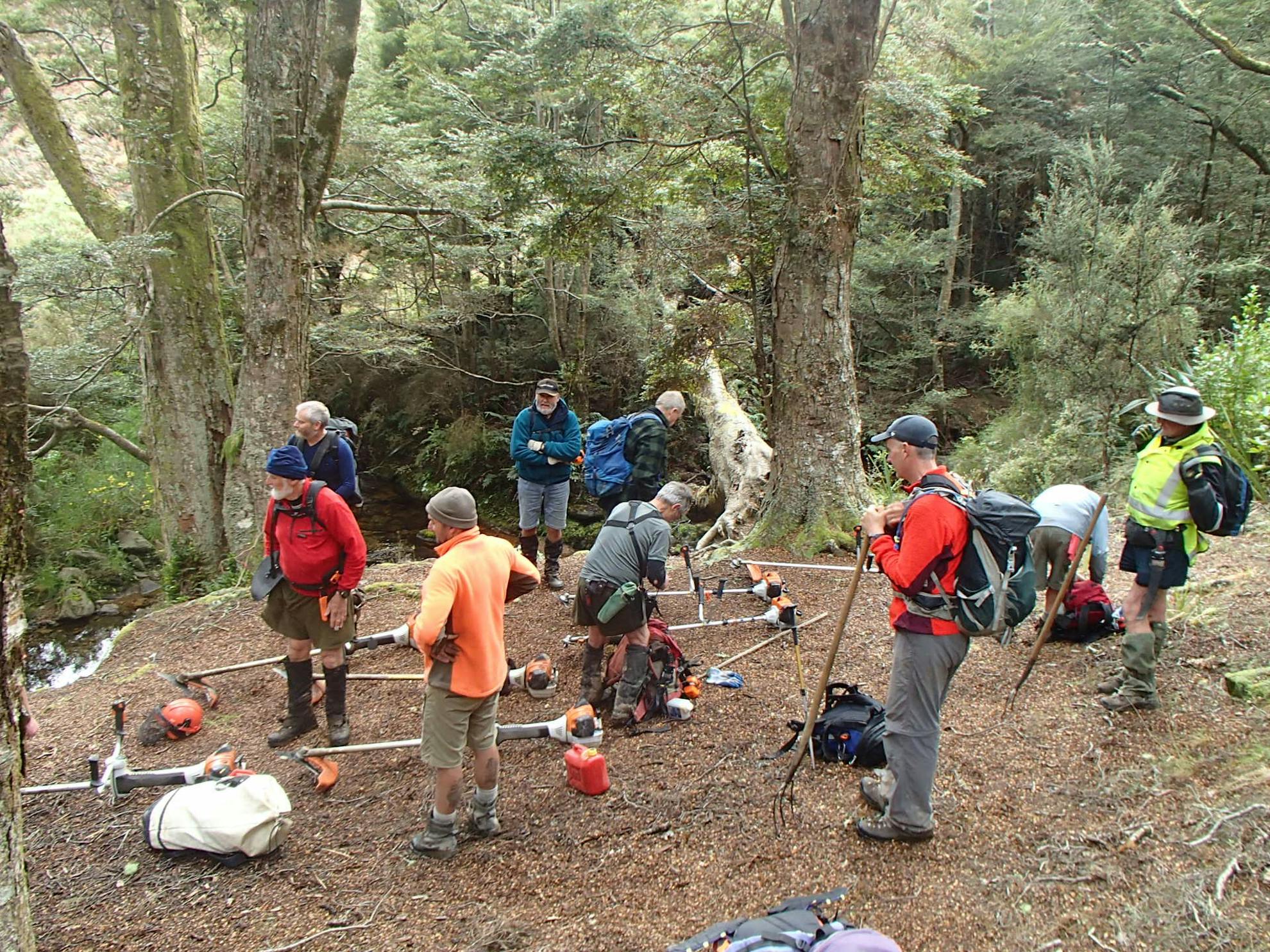
Megan Dimozantos says she did a few weekends mahi (work) with the group. “Aunty (Cherry) makes great rēwena bread!” she laughs. “So much aroha has gone into it. It’s turned a rundown shack into something we can all be proud of. The project is a great example of the amazing outcomes you can get working with tangata whenua.
“It’s been a wonderful journey in so many ways, and one of those projects where you just stand back and go, ‘That’s exactly the sort of vibe we’re trying to create here’.”
Richard Shields and a few friends have been doing an annual tramping trip for about 20 years. Last year, their trip took a slightly different tangent when they secured funding from Backcountry Trust to repaint the popular Cedar Flat Hut, inland from Hokitika on the South Island’s West Coast. In February, the group was trusted with a much larger job: a complete rebuild of the nearby four-bunk Mullins Hut. A daunting task for some, perhaps, but not when there’s architects, engineers and builders in the group.
It would take some pretty committed vandals to reach Mullins Hut, in the upper reaches of the Toaroha Valley. Built in 1960, the hut’s deterioration was due to age rather than malicious intent, having endured more than 60 West Coast winters. It was hardly a well-frequented hut. When Shields and the group arrived, the hut book from 1984 was still in use. It wasn’t even half full.
Only the floor was to remain of the old hut. DOCs Hokitika office pre-built the frame for the new hut, and the materials plus the working group were helicoptered in just as the rain was approaching. They shifted the old hut off its foundations and into the tussock, where it became the group’s tool shed and lunch retreat. The build went to schedule, with just enough fine weather to get it painted. River rocks were embedded in the concrete in the fireplace, giving the hut a unique and quite beautiful feature. The old hut was broken up and refashioned into a woodshed – to live on, maybe for another 60 years. The work took a week and the total cost was a mere $16,000.
“It’s a magic place,” says Shields. “There are mountains all around, great bush cover, some stunning waterfalls. Rebuilding the hut was a great opportunity to contribute and give back.” He adds that he’s looking forward to returning and flicking through the hut book in a couple of years. “I’ll be interested to see if it gets a few more entries now. It deserves it.”
Dunedin’s Green Hut Track Group must surely be New Zealand’s only conservation group born out of life-saving heart surgery.
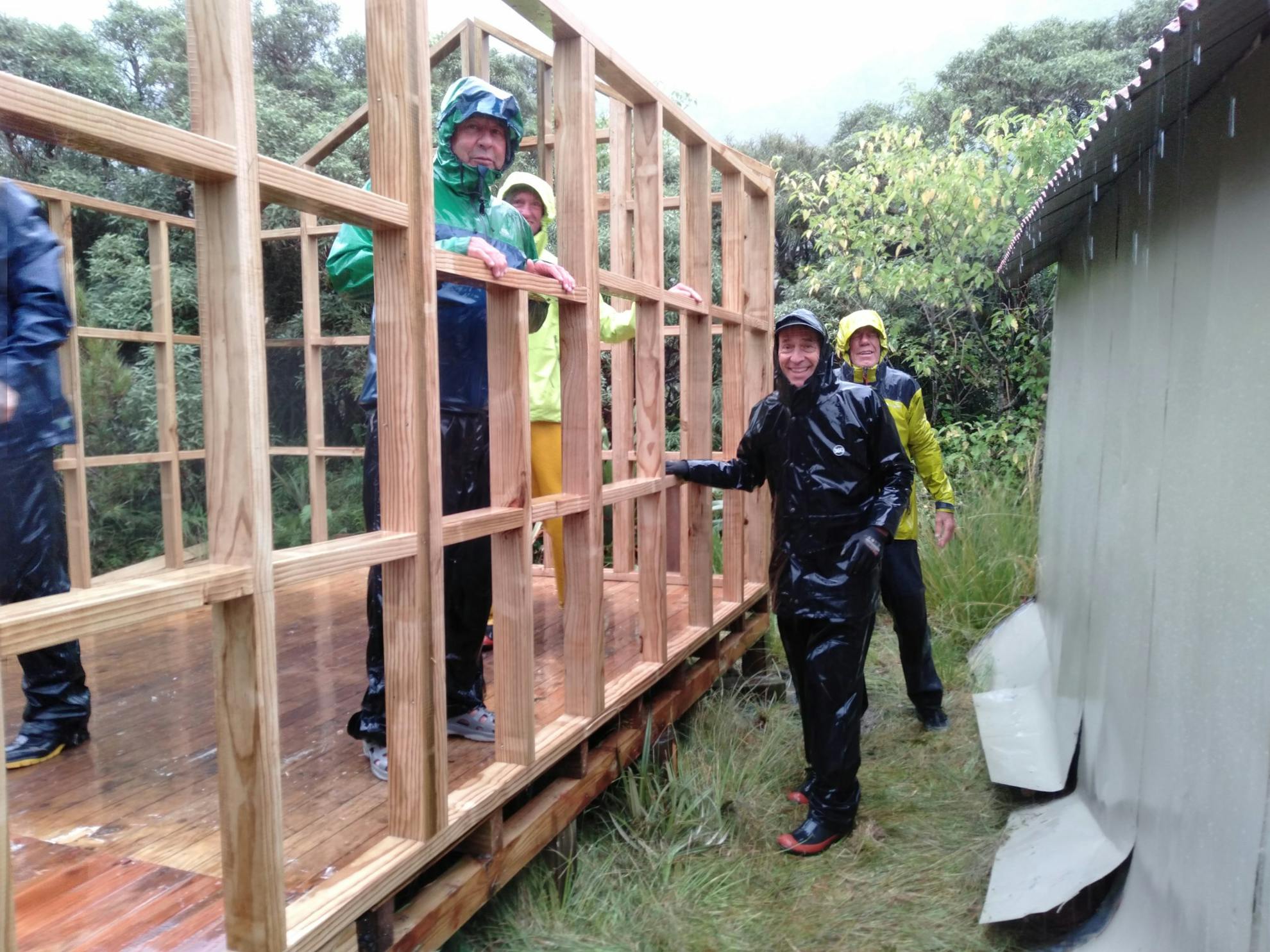
“It started more than 20 years ago with a group of people recovering from heart attacks,” says group coordinator Graeme Elliot. “The surgeon was keen that they improve their health, so he sent them out walking.”
The group became known as the Phoenix Club, and they walked until they couldn’t walk anymore. Not because they were tired, mind you, but because they ran out of track.
“As they got fitter they wanted to go further, but the tracks hadn’t been maintained,” says Elliot.
And so out of the ashes of the Phoenix Club rose a new group dedicated to track maintenance. Working alongside the local DOC office and the Dunedin City Council, the group puts in around 2500 volunteer hours a year, maintaining around 130km of track.
Elliot says it had always been a struggle to secure money for basics such as equipment and fuel. So they applied to the Backcountry Trust for funding to tackle their biggest project yet: cutting back the overgrown track in the tussock-topped hills of Silverpeaks Scenic Reserve, finally freeing the city’s most accessible outdoor recreation area from the clutches of gorse and scrub.
In May, 11 Phoenix volunteers worked alongside five DOC staff over three days to clear 4.5km of the popular but completely overgrown Silverpeaks Circuit (a 25km loop that takes in Jubilee Hut and Philip J Cox Memorial Hut) that hadn’t been maintained for over a decade.
“Our aim is to keep these tracks open so people can enjoy them. It’s amazing the number of families who come here, and the little kids who spend their first ever night in a hut in Jubilee Hut. We get tremendous satisfaction in being able to contribute.”
Anyone considering a local project can contact Backcountry Trust for information about applying for funding. Paint-a-hut projects are a great place to start. Who knows where it could lead?
“We’d like to thank every single person who puts work into their country, because they love it and because they want to,” says Rob Brown. “It’s great being able to show there’s a model where it’s perfectly feasible between DOC and the wider community working together to look after the whole hut and track network. The public should feel really happy that there’s a mechanism that’s working.”





